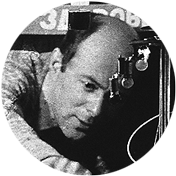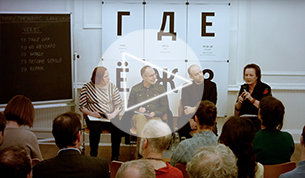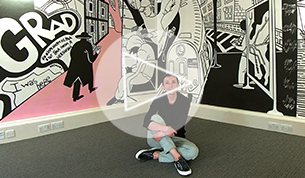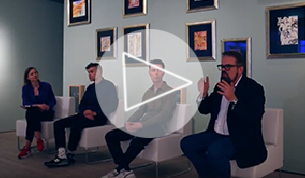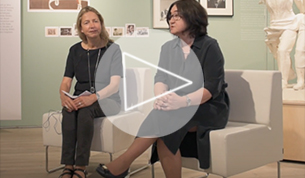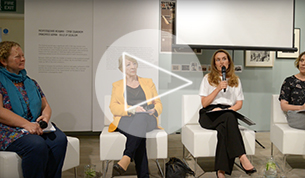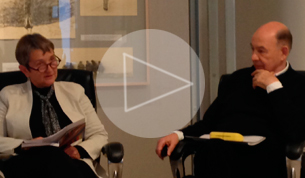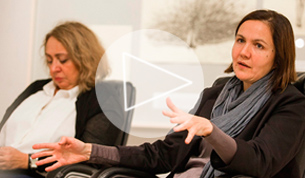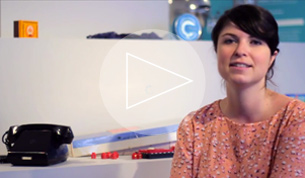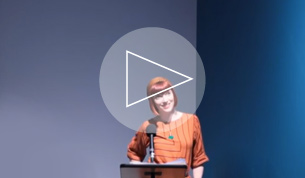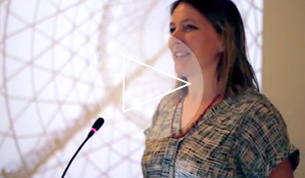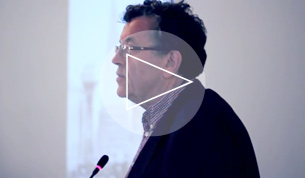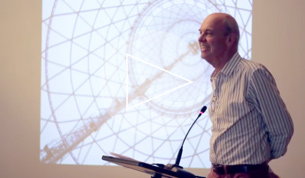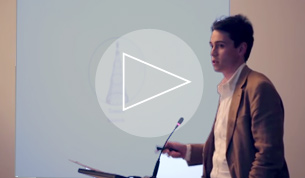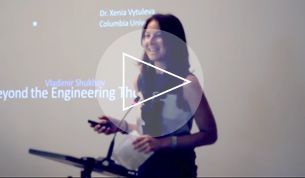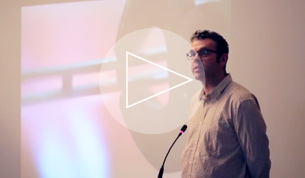Watch
Mother Tongue
Apparition of the Last Soviet Artist in London
ShadowMemory x Art Night Open
Postponed Futures
Superwoman: ‘Work, Build and Don’t Whine'
Unexpected Eisenstein
-
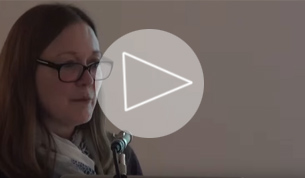 Rachel Morley:
Rachel Morley:
Russian Cinema before 1917 -
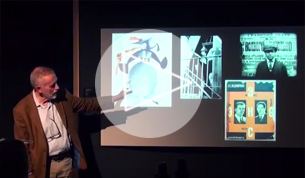 Ian Christie:
Ian Christie:
Besides Eisenstein: Protazanov, Barnet and the new Soviet cinema of the 1920s -
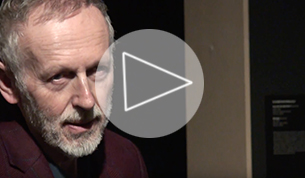 Ian Christie:
Ian Christie:
Maxim and co: creating the new heroes and heroines of the 1930s -
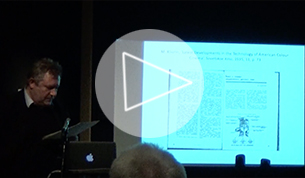 Phil Cavendish:
Phil Cavendish:
Soviet Colour Film, 1929-1945: An Experiment Understood by Very Few -
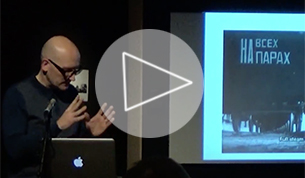 Jeremy Hicks:
Jeremy Hicks:
Meaningful Martyrdom — Death, Revolution and Victory from Lenin to the Reichstag, 1924–45 -
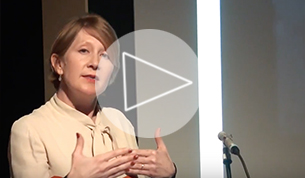 Emma Widdis:
Emma Widdis:
Film and the Making of the New Soviet Person: Bodies, Minds and Feelings -
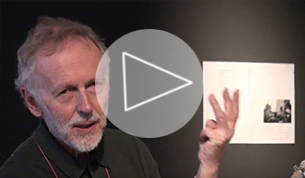 Ian Christie:
Ian Christie:
Hopes and fears: the Soviet New Wave of the 1960s -
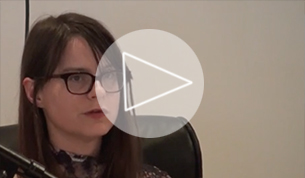 Carmen Gray:
Carmen Gray:
Andrei Tarkovsky: The Citizen Poet and the State -
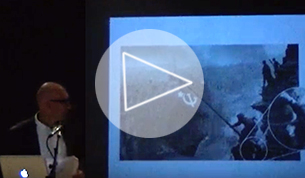 Jeremy Hicks:
Jeremy Hicks:
Reusing War Footage in Russian and Soviet Films, 1945–2015
Peripheral Visions
A Game in Hell. The Great War in Russia
-
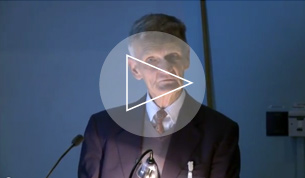 John E. Bowlt:
John E. Bowlt:
Introductory remarks -
 Elena Sudakova:
Elena Sudakova:
'Forgotten Heroes of the Great War' -
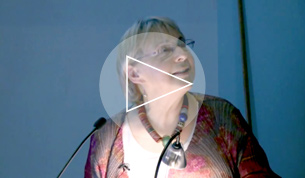 Christina Lodder:
Christina Lodder:
'A Painting Fit for Heroes: Kazimir Malevich's Reservist of the First Division' -
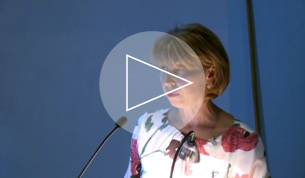 Natalia Budanova:
Natalia Budanova:
'Who Needs the Art Now?': Russian Women Artists Representing the Great War' -
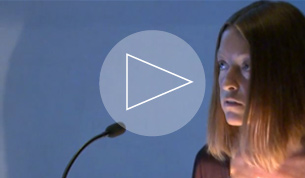 Valentina Parisi:
Valentina Parisi:
'Russian Avant-Garde Circles and the Literary Response to the Great War'
Work and Play Behind the Iron Curtain
The Shabolovka Tower Model
Kino/Film: Soviet Posters of the Silent Screen
-
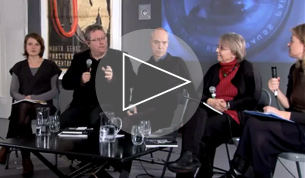 Curators and Special Guests:
Curators and Special Guests:
Panel Discussion with Exhibition -
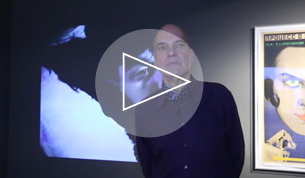 Lutz Becker:
Lutz Becker:
Curator talks: Chess Fever and The Three Million Case -
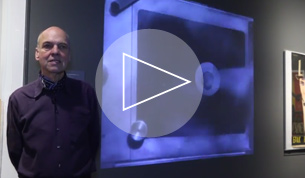 Lutz Becker:
Lutz Becker:
Curator talks: Man with a Movie Camera -
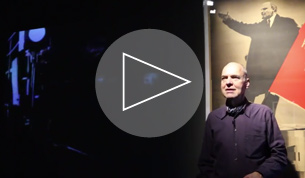 Lutz Becker:
Lutz Becker:
Curator talks: October -
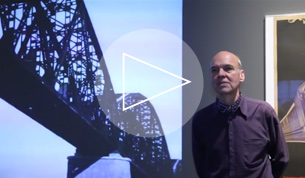 Lutz Becker:
Lutz Becker:
Curator talks: Storm Over Asia and Turksib -
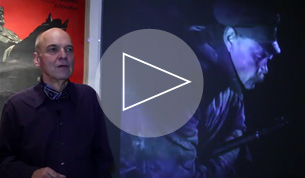 Lutz Becker:
Lutz Becker:
Curator talks: The End of St Petersburg -
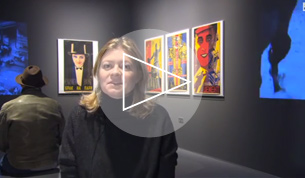 Elena Sudakova:
Elena Sudakova:
Soviet Posters of the Silent Screen
Utopia LTD
-
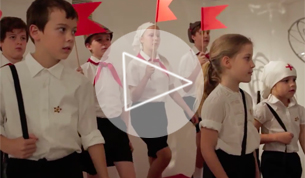 'Inside the Rainbow' Performance:
'Inside the Rainbow' Performance:
Directed by Irina Brown -
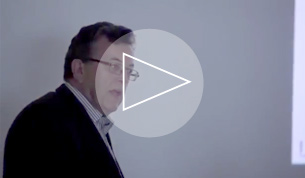 Professor John Milner:
Professor John Milner:
Seminar: 'Re-Constructivism' -
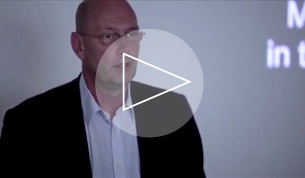 Willem Jan Renders:
Willem Jan Renders:
Seminar: 'After Lissitzky: Reconstructions at the Van Abbemuseum' -
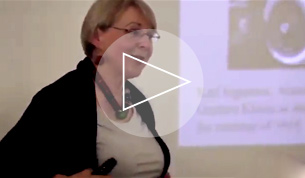 Christina Lodder:
Christina Lodder:
Seminar: 'Gustav Klucis: Transmitting Utopia' -
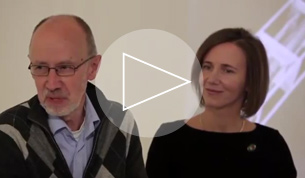 Aleksandr Shklyaruk:
Aleksandr Shklyaruk:
Seminar: 'Klucis and the Materialisation of a Futurist Idea' -
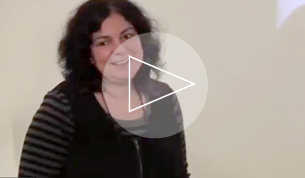 Dr. Maria Tsantsanoglou:
Dr. Maria Tsantsanoglou:
Seminar: 'Tatlin's Legend'
Listen
Superwoman: ‘Work, Build and Don’t Whine'
Unexpected Eisenstein
Bolt
A Game in Hell. The Great War in Russia
Read
El Lissitzky
(1890–1941)
El Lissitzky was born Lazar Markovich Lisitskii in Polchino near Smolensk, and grew up in Vitebsk. He received his initial art training in Vitebsk, a city that would soon play a major role in the development of the Russian avant-garde. In 1903 he studied art under Yehuda Pen and met Marc Chagall. In 1909 he was turned down by the St. Petersburg Academy of Art and enrolled into Technische Hochschule in Darmstadt where he studied architecture from 1909 to 1914. During this period he also travelled to France, Italy, and Belgium. The outbreak of World War I precipitated his return to Russia: he arrived in Moscow and began work as a draughtsman in an architect’s office. In 1915-1916 he studied engineering and architecture in the Riga Technological University, which had been evacuated to Moscow.
Lissitzky’s artistic interests at the time were centred primarily on Jewish themes and culture. From 1917 to 1922 he illustrated seven Yiddish books for children. These illustrations demonstrated the influence of Chagall’s art and the lubok (popular print) on Lissitzky’s work.
In 1919 first Lissitzky and then Kazimir Malevich were invited by Marc Chagall to join the faculty of the Vitebsk Popular Art School; there Lissitzky taught architecture and graphics.
Malevich soon assumed effective directorship of the School and Lissitzky became one of his principal students and followers. This set off a radically new period in Lissitzky’s art. He began working under the name El Lissitzky and abandoned figurative art for Suprematism. For Lissitzky as well as for other young Soviet radicals, such as Gustavs Klucis, Suprematism both signalled the end of art, and served as a means to that end, as discussed in Lissitzky’s important essay of 1921 Overcoming Art. Lissitzky created Suprematist designs for a two-year anniversary celebration of the Vitebsk Committee to Combat Unemployment, and he also designed a series of propaganda posters, such as Beat the Whites with the Red Wedge (1919–20). In 1919 he executed his first Proun (an acronym for ‘Project for the affirmation of the new’ in Russian). Lissitzky coined this word to describe his personal project to represent ‘the interchange station between painting and architecture’. The Prouns were first shown at an exhibition of the Suprematist collective UNOVIS. They combined Lissitzky’s interests in graphic arts, architectural forms, photography, painting, and other formal types into a unique and dynamic art. The first set of Proun lithographs were published in Moscow in 1921.
Prouns signalled the artist’s embrace of Constructivist ideas: Lissitzky was not an exclusive advocate of Suprematism, and his practical concerns linked him with Constructivism rather than the ‘pure’ intentions of Suprematism. He had his sights on engineering, architecture, and public design as the future receptacles of creative energy, and Proun served as a metaphor and a vehicle for this new impetus.
In 1920, Lissitzky became a member of INKhUK in Moscow and designed his book Pro dva kvadrata (About Two Squares), in which he applied Malevich’s Suprematist system to graphic art. The following year, he taught at VKhUTEMAS with Vladimir Tatlin and joined the Constructivist group.
In December 1921 he was sent to Berlin to establish cultural contacts between artists in the USSR and Germany. Lissitzky’s period abroad (1921–25) was particularly creative. He worked on a number of magazines — such as Kurt Schwitters’s periodical Merz (1924) —, and published several books, including About Two Squares (1922) and, together with Jean Arp, the three-language Die Kunstismen — Les Ismes de l’art — The Isms of Art (1925). He became associated with a Dutch group De Stijl, and met the artist and photographer László Moholy-Nagy, who helped to transmit Lissitzky’s ideas on art in the West through his teaching at the Bauhaus. He started to embrace photography in his work, becoming one of the pioneers of the photomontage along with Gustavs Klucis and Aleksandr Rodchenko.
In 1922 Lissitzky created designs for Erste Russische Kunstausstellung at the Galerie van Diemen in Berlin, where works by Russian Constructivists, including Tatlin and Rodchenko, were shown. In 1923 he had his first one-man exhibition at the Kestner-Gesellschaft, Hanover. With his frequent travels and contact with other artists, Lissitzky became a transformational figure, with the task of introducing Russian innovations into Europe through collaborative projects and advancing the exchange of experimental forms and ideas.
In 1925 Lissitzky returned to Moscow to teach at VKhUTEMAS — later VKhUTEIN —, which he continued to do until 1930. Between 1925 and 1928 he co-founded a number of periodicals propagating the most progressive tendencies of the 1920s. He continued to be an innovative force in book and exhibition design, and created Soviet pavilions for a number of international expositions, such as the Pressa in Cologne in 1928. He also collaborated with Rodchenko and other avant-garde artists on the propaganda periodical SSSR na stroyke (USSR in Construction, 1930-1941).
Despite his poor health and the increasing rejection of the avant-garde by the Stalinist establishment, Lissitzky persevered in his endeavours. He died of tuberculosis in December 1941.
